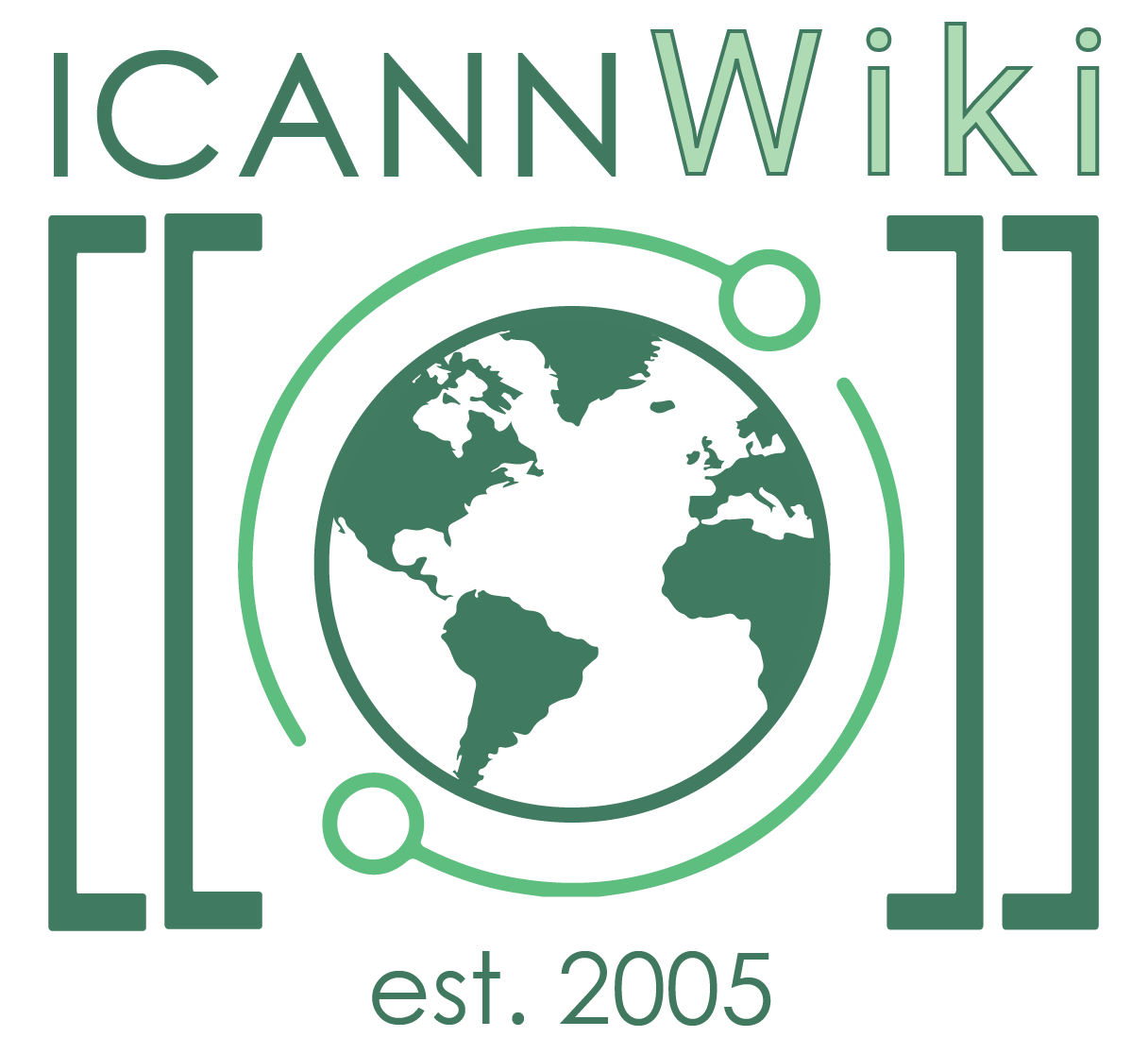Global Protected Marks List
The Global Protected Marks List was created to provide additional protection to Intellectual Property holders. It was recommended as one of several proposed solutions by the Implementation Recommendation Team (IRT), a team formed by ICANN's Intellectual Property Constituency in its preliminary report on Trademark Protection of New gTLDs on 29 May 2009. The report suggested the creation of an intellectual property clearinghouse wherein rights-holders could submit their IP claims and be alerted whenever a registration using their marks occurred.[1]
The main intent behind the creation of the GPML was to protect well-known marks at the top and second levels. The IRT recommended the GPML to address the concerns of trademark owners who had pitched for the establishment of a "White List" or a "Reserved List" for trademarks.
One important thing to note is that the benefits of GPML are limited only to the trademark owners and not to their licensees. Thus, all domain name registrations that are waiting to be included in the GPML must be issued in the name of the trademark owner.[2]
GPML Requirements[edit | edit source]
- To gain the benefits of GPML, trademark owners need to have an ownership of 200 trademark registrations with national recognition and should have GPM issued in a minimum of 90 countries.
- The trademark owners should have all the registrations issued on or before November 1, 2008
- The owners needs to state that the registration for the applied GPM is not owned by any other party
- The registration of the second level domain names needs to be identical to the GPM in 50 TLDs<ref">IRT Draft Report</ref>
Functioning of GPML[edit | edit source]
The IP Clearinghouse is charged with validating all data regarding the GPML application. Once the IP Clearinghouse finishes with the validation and sums up the initial GPML, ICANN publishes it before the request for proposal or RPF issues. This publishing by ICANN is done beforehand so that there are no potential applicants trying to register a protected mark.
For the continued qualification of marks, the trademark owner needs to sign an affidavit or declaration attached with the initial documented evidence and the annual re-validation paperwork.
Once the process of initial application is concluded, the process of including new applications for marks to be included in the GPML takes place on a rolling basis.[3]
References[edit | edit source]
ICANNWiki resources: Special Pages | Content Guide | Documentation | Development || Maintenance: Articles needing attention | Candidates for deletion || Projects: Internet & Digital Governance Library
